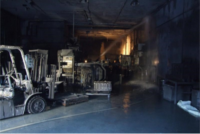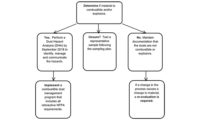A combustible dust standard is unlikely to be issued this year because of the complexity of the hazard and OSHA's full regulatory agenda, according to an article by Brian Dabbs in Bloomburg BNA.
OSHA has made moves in the right direction, such as putting a Small Business Regulatory Enforcement Fairness Act (SBREFA) review on combustible dust in the fall 2015 regulatory agenda, but OSHA officials have failed to attend National Fire Protection Association meetings on combustible dust standards-making for at least 18 months, say Dabbs’ sources.
The agency issued an advanced notice of proposed rulemaking on combustible dust in late 2009, and held meetings for several months afterwards, but momentum subsequently stalled.
Dabbs notes that OSHA didn't comment on a timetable for combustible dust rulemaking in 2016 or its collaboration with industry to craft a template for a proposal. Proposed rules often are released following the completion of the SBREFA process.
Dust-related explosions, which are potential risks throughout the manufacturing industry, can result from multiple factors – something which makes it more difficult to develop a standard.
OSHA defines combustible dust as “all combustible particulate solids of any size, shape or chemical composition that could present a fire or deflagration hazard when suspended in air or other oxidizing medium.” Those solids include wood, sugar, fertilizer, dried blood, textiles, metals and many others.
OSHA has moved forward on a final rule on silica, which it recently sent to the Office of Management and Budget. A beryllium final rule and a final rule on electronic injury and illness recordkeeping are also in play.



